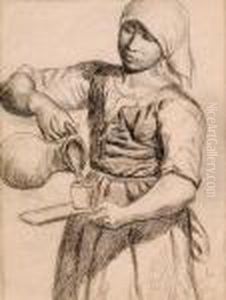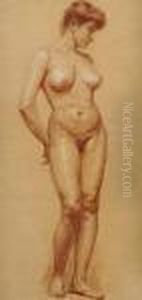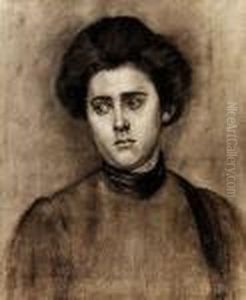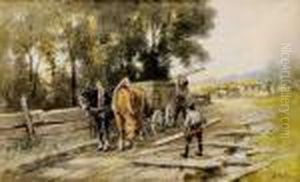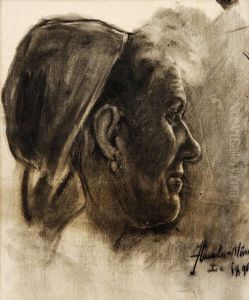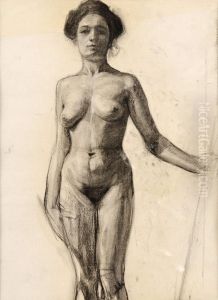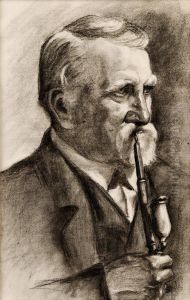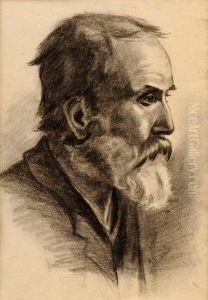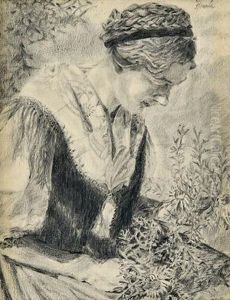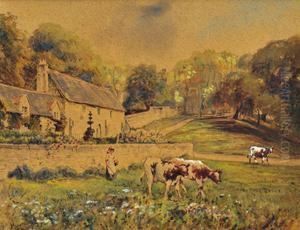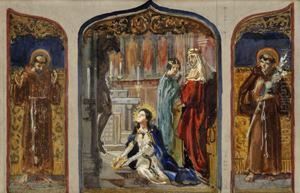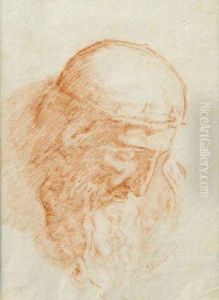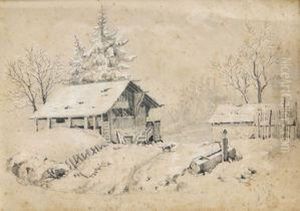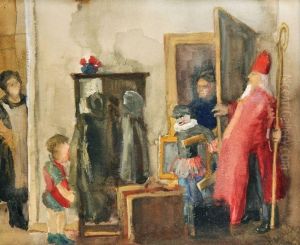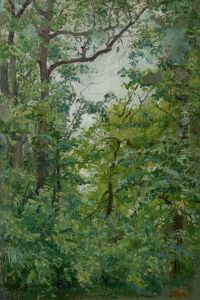Jozef Hanula Paintings
Jozef Hanula was a Slovak painter, born in 1863 in the village of Vyšný Kubín, then part of the Austro-Hungarian Empire, now in Slovakia. He is renowned for his contributions to Slovak national art, particularly for his depictions of Slovak rural life, folklore, and history. Hanula's work is deeply rooted in the landscape and culture of his homeland, which he portrayed with a blend of realism and romanticism.
Educated at the Academy of Fine Arts in Budapest and later in Munich, Hanula was influenced by the prevailing artistic movements of his time but remained focused on developing a distinct style that reflected Slovak national identity. His education enabled him to master a variety of techniques, and he became known for his detailed historical paintings, genre scenes, and portraits.
Throughout his career, Hanula was an active participant in the cultural life of Slovakia. He was involved in several art organizations and played a significant role in the Slovak National Revival, a movement aiming to promote Slovak culture and identity during a period of Hungarian domination. His art became a powerful tool in this movement, as it visualized themes of Slovak history and folklore that resonated with the national consciousness of the Slovak people.
Hanula's works are characterized by their vivid storytelling and attention to detail. He often depicted scenes from Slovak legends and history, bringing to life moments of heroism, tradition, and the everyday life of Slovak peasants. His use of color and light added a lyrical quality to his paintings, making them not only historical records but also expressions of the beauty of Slovak land and its people.
Despite the challenges of his time, including two World Wars and the changing political landscape of Europe, Hanula remained dedicated to his art and his nation. He continued to paint and exhibit his works until his death in 1944. Today, Jozef Hanula is remembered as one of Slovakia's most important artists, with his works held in high regard and featured in galleries and collections both in Slovakia and internationally. His legacy lives on as a testament to the power of art in expressing and shaping national identity.
